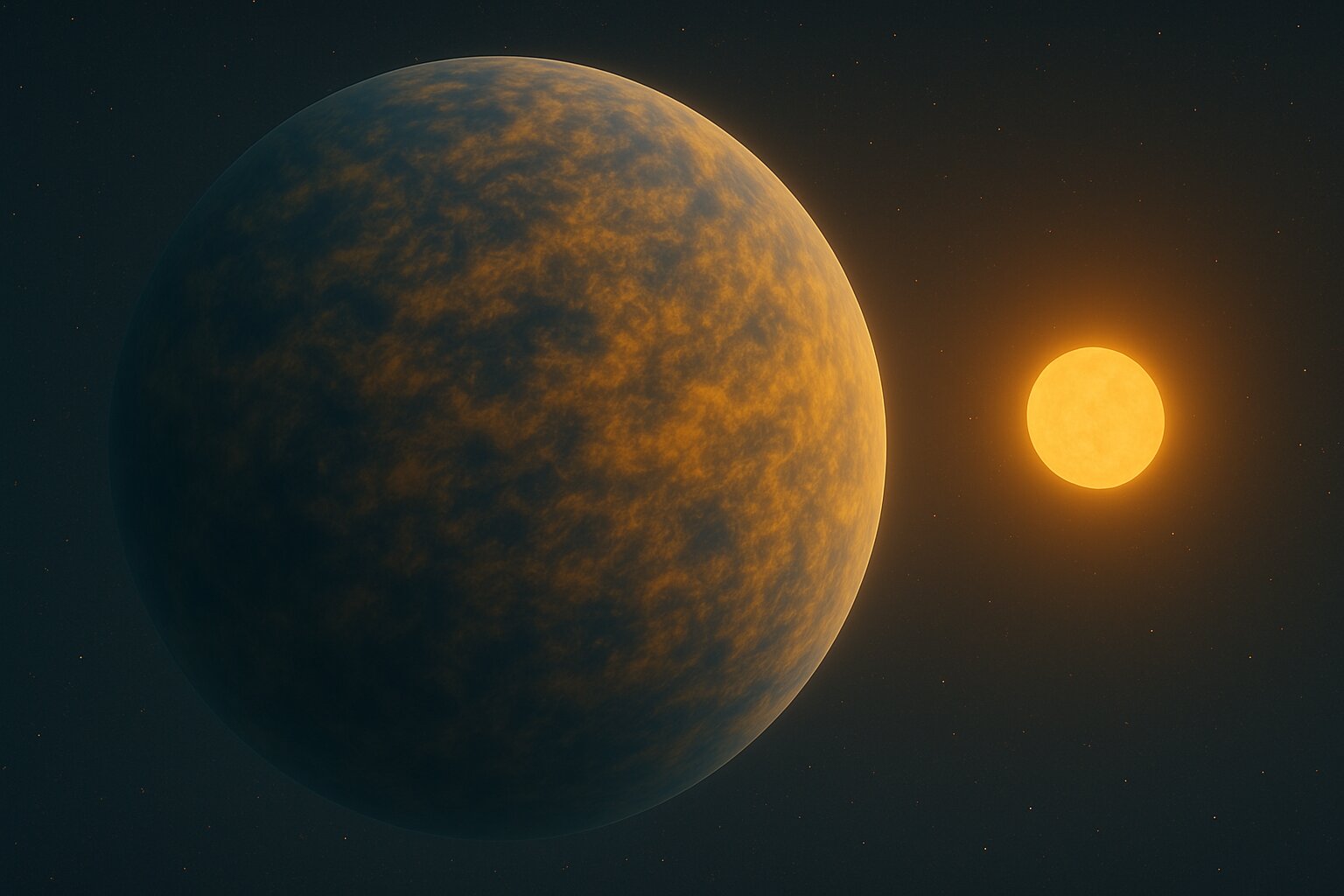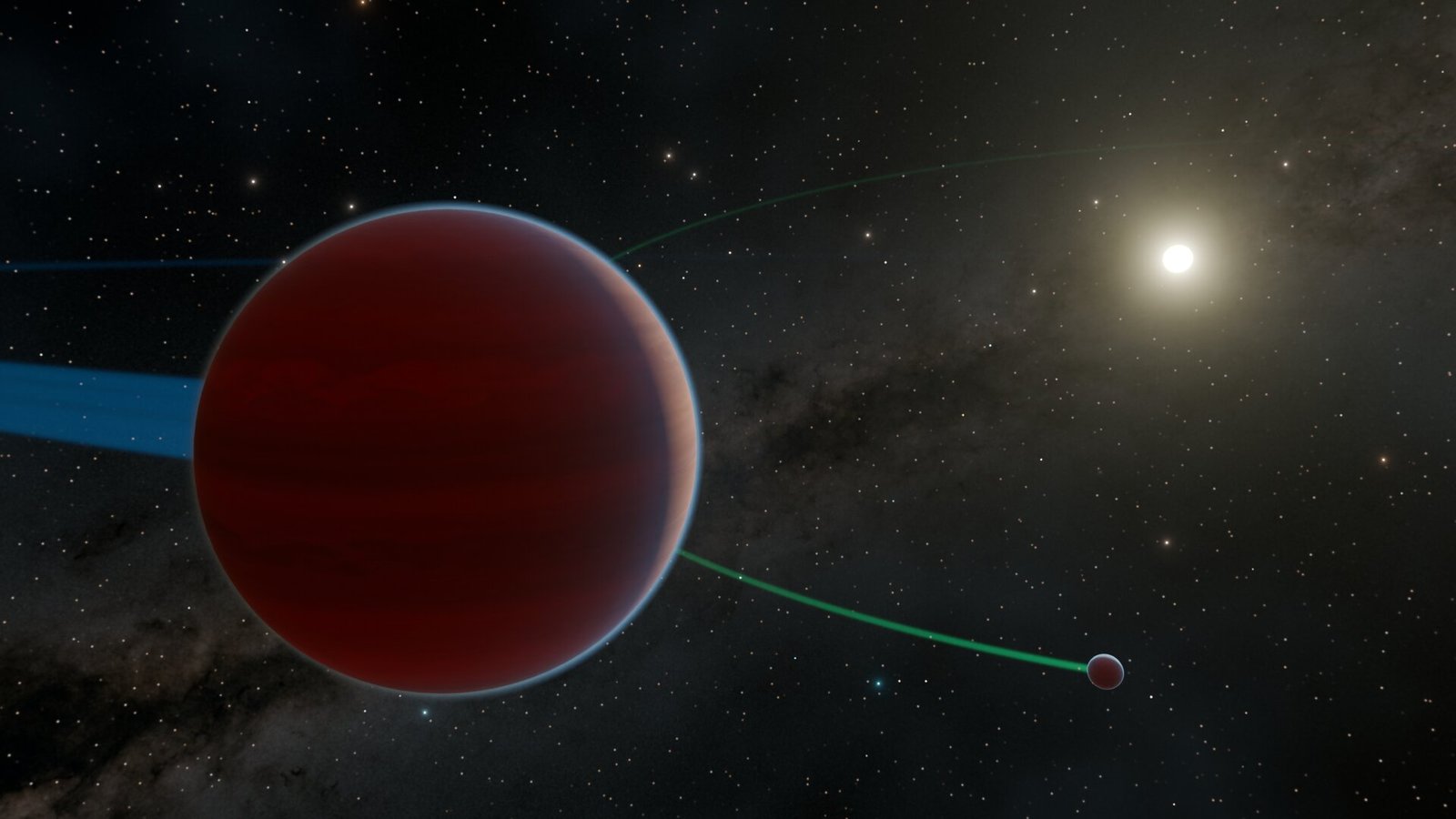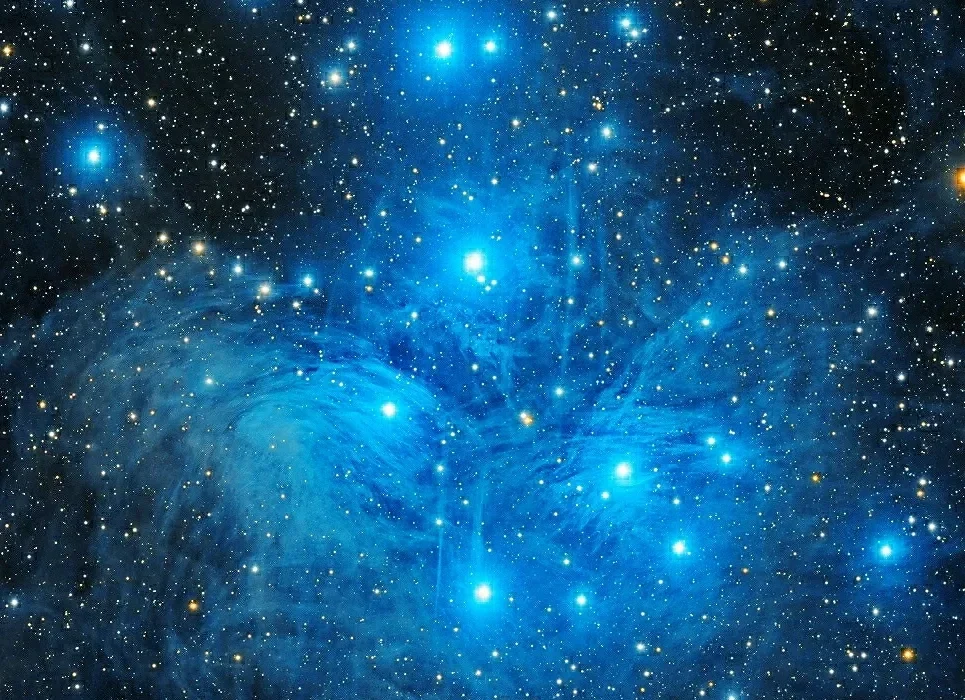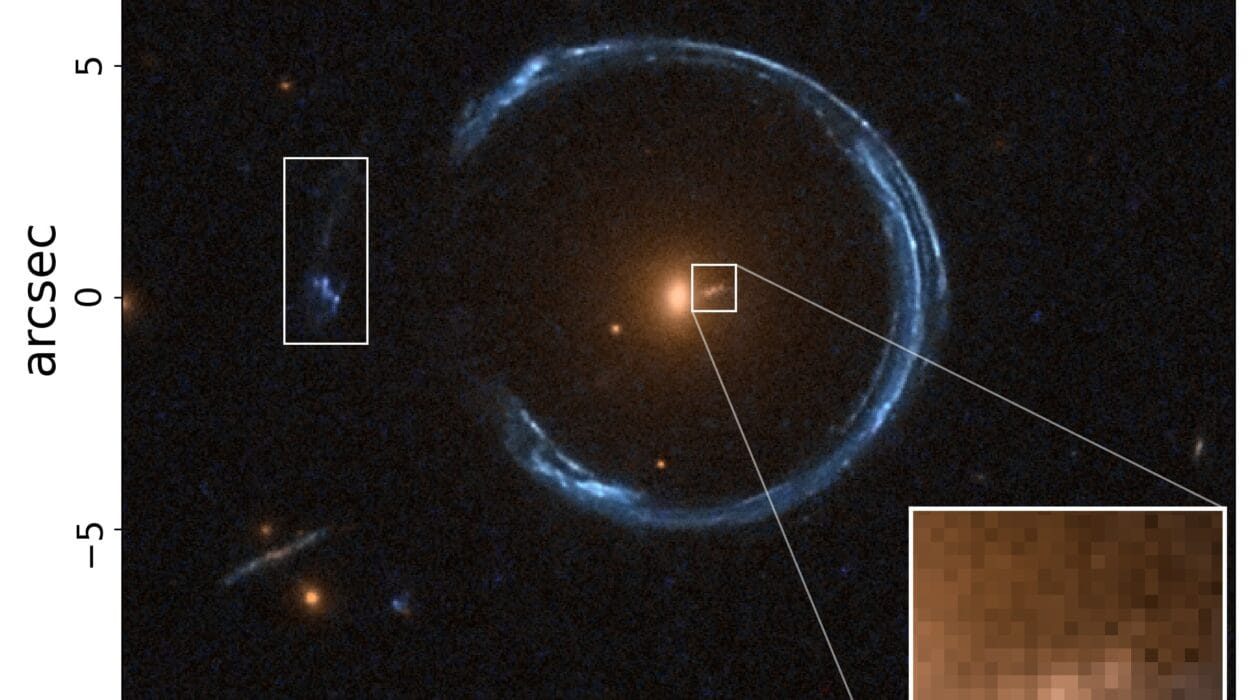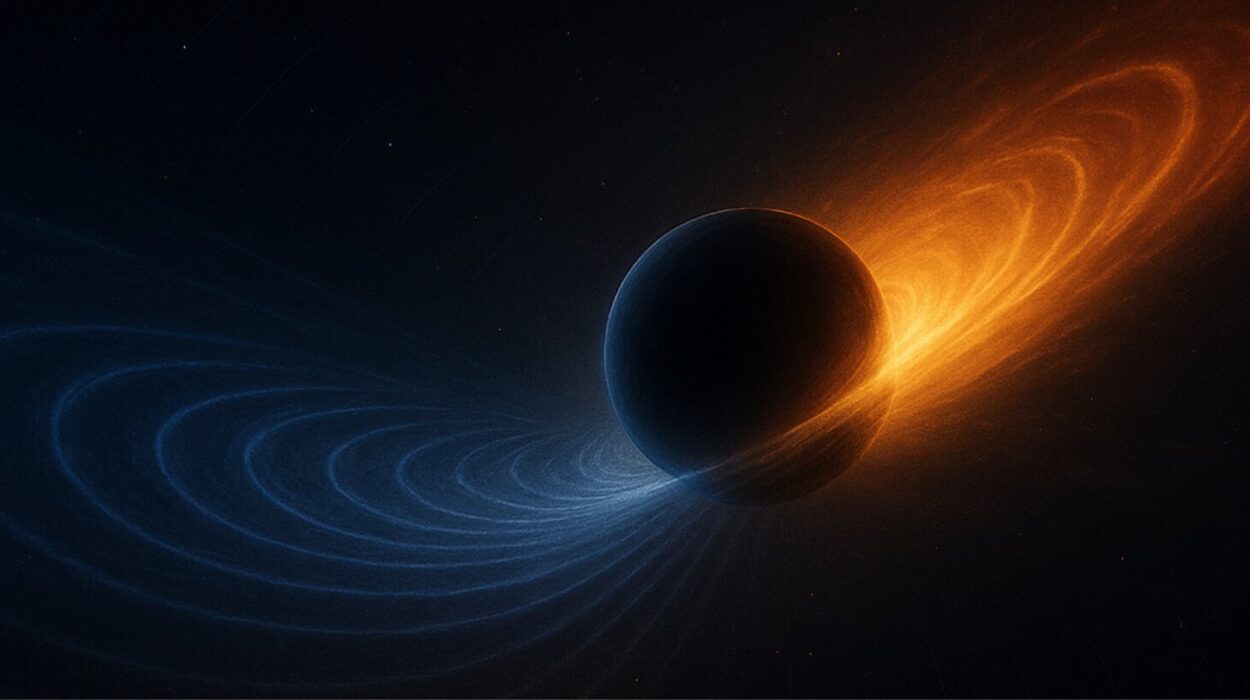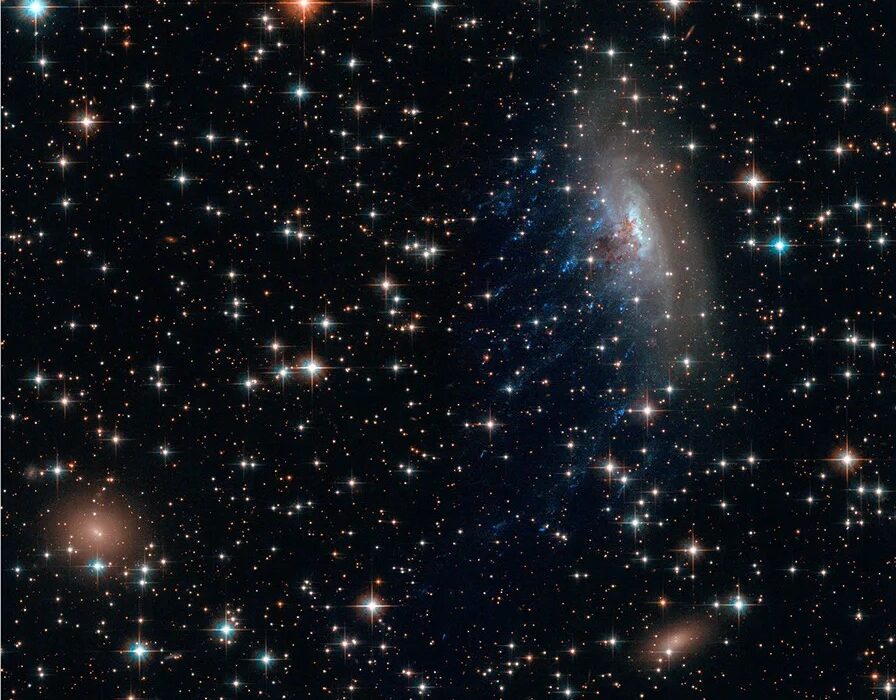For astrobiologists, the hunt for life beyond Earth often begins with one simple question: where is the water? On our own planet, water is the foundation of every living system. It flows through our veins, fills our oceans, and shapes the landscapes of Earth. So when scientists look outward into the galaxy, searching among the billions of stars and planets, water is the beacon they follow.
But as it turns out, the planets that dominate our universe may not be Earth-like at all. Many of the most common exoplanets discovered so far fall into a category called sub-Neptunes—worlds larger than Earth but smaller than Neptune. These mysterious planets seem to be brimming with water, yet they are unlike anything in our solar system.
Steam Worlds Instead of Blue Oceans
If we imagine water-rich planets, we might think of endless oceans glimmering under alien skies, much like Earth but more extreme. Sub-Neptunes, however, are very different. They orbit close to their stars, where temperatures soar far higher than on Earth. Instead of oceans, their surfaces would be shrouded in thick atmospheres of steam, layered above exotic forms of water that defy our everyday understanding.
In these environments, water is not liquid, not ice, and not gas—but something stranger. Deep inside, the pressure and temperature rise so high that water enters a phase called supercritical fluid, behaving like both liquid and gas at once. Go even deeper, and water may transform into superionic ice, a bizarre crystalline structure where oxygen atoms form a lattice while hydrogen ions flow freely, almost like an electrical current.
These phases of water were first theorized two decades ago, and laboratory experiments on Earth have since recreated them under extreme conditions. Now, scientists are beginning to piece together how these strange water worlds form, evolve, and possibly, what role they could play in the grand story of life in the universe.
Building a Better Model of Alien Oceans
Recently, researchers at the University of California, Santa Cruz, developed a new way to model the interiors of these steam worlds. Their work, published in The Astrophysical Journal, represents a leap forward in understanding how sub-Neptunes are built and how they evolve over billions of years.
Lead researcher Artem Aguichine explains the significance: “When we understand how the most commonly observed planets in the universe form, we can shift our focus to the less common ones—the true Earth-like planets that may be habitable.”
The team’s model doesn’t just freeze planets in time. Instead, it simulates how these planets change as they age—how their steam atmospheres expand or contract, how water moves through their interiors, and how exotic phases emerge under crushing pressure. By treating sub-Neptunes as dynamic, living systems rather than static snapshots, scientists can make far more accurate predictions about their nature.
A Telescope’s Eye into Alien Skies
This new modeling work could not come at a better time. For the first time in history, the James Webb Space Telescope (JWST) has detected steam in the atmospheres of several sub-Neptunes. Dozens more are expected to be observed in the coming years, offering a treasure trove of data.
But to make sense of what JWST sees, astronomers need detailed models. Previous models for water-rich worlds were designed for the icy moons in our solar system—Europa, Enceladus, Ganymede—small, frozen bodies wrapped around liquid oceans. Sub-Neptunes are on a completely different scale: they are 10 to 100 times more massive, orbit much closer to their stars, and endure far more extreme conditions.
Without models tailored to these unique worlds, the telescope’s observations would remain puzzling shadows. Aguichine and his colleagues aim to bridge that gap.
The Strange Physics of Water
At the heart of this research is water itself—the molecule that makes life possible. On Earth, water is so familiar we take it for granted: it freezes, melts, boils, and evaporates. But under extreme pressure and heat, water reveals sides of itself that are almost alien.
- As a supercritical fluid, water flows like a liquid but spreads like a gas.
- As superionic ice, it conducts electricity in ways no ordinary ice could.
- It dissolves salts and sugars, forms hydrogen bonds, and stores heat more efficiently than most other substances.
These properties make water a key driver of complexity. “Life can be understood as complexity,” Aguichine notes, “and water has a wide range of properties that enable this complexity.” Even in environments too extreme for Earth-like organisms, water may create conditions that support new, unimaginable forms of chemistry.
Cosmic Laboratories of Creation
Professor Natalie Batalha, who co-authored the study, describes planetary interiors as natural laboratories. Inside sub-Neptunes, matter exists under pressures and temperatures that no earthly laboratory can sustain for long. These conditions may teach us about the fundamental behaviors of molecules, hinting at physics and chemistry with applications we cannot yet foresee.
The notion that water-rich steam worlds could hold “new niches for life” may sound speculative, but history reminds us that life finds ways to flourish in places we once thought impossible—deep ocean vents, acidic lakes, frozen glaciers. Why not, then, in the hidden layers of a planet cloaked in steam?
Looking Forward: The Next Generation of Exploration
The story of sub-Neptunes is only beginning. With JWST already peering into their skies, future missions like the European Space Agency’s PLATO telescope will provide even sharper insights. PLATO will not only detect planets but also study the stars they orbit, allowing scientists to refine models of planetary evolution.
Each discovery adds to a larger puzzle: where did water come from, how does it move through planetary systems, and where might it create conditions for life? By tracing the journey of water across the cosmos, we may discover not only how planets form but also how life itself begins.
A Universe of Possibilities
Sub-Neptunes may not be the “second Earths” that science fiction has long dreamed of. Their surfaces are too hot, their atmospheres too thick, their interiors too strange. Yet, they are among the most common planets in the universe, and that makes them central to our story.
Understanding these steam worlds is not just about cataloging exotic objects—it is about understanding our place in the cosmos. The same molecule that gave rise to life on Earth seems to play a starring role across the galaxy. If water truly is the thread that stitches the universe together, then studying these alien oceans may bring us closer to answering the oldest question of all: Are we alone?
In the words of Aguichine: “Our models are making predictions for the telescopes, while helping shape the next steps in the search for life beyond Earth.” And with each new observation, the mystery deepens, reminding us that the universe is not only stranger than we imagine—it may be stranger than we can imagine.
More information: Artyom Aguichine et al, Evolution of Steam Worlds: Energetic Aspects, The Astrophysical Journal (2025). DOI: 10.3847/1538-4357/add935
